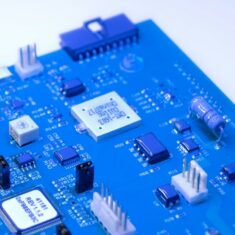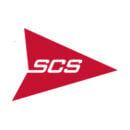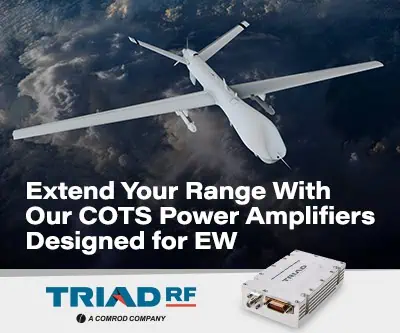Conformal Coatings for Electronics
Conformal coatings for electronics are thin protective films applied to PCBs (printed circuit boards). They are used to protect against chemicals, water, dust, environmental conditions such as humidity and extremes of temperatures, and other factors. They are often used for aerospace-grade electronics and for other systems that operate in harsh environments, such as UAVs (unmanned aerial vehicles), drones and robotic vehicles.
Electronic conformal coatings may be made from a number of different materials, including acrylics, silicones, urethanes and parylenes. Different materials have particular strengths and weaknesses, and selection will depend on the specific application. Desirable properties for conformal coatings may include low shrinkage, optical clarity, stability under UV (ultraviolet) exposure, and insolubility in organic solvents.
Protective Coatings for PCBs
Protective coatings may require high dielectric strength and low dielectric constants in order for electrical signals to propagate without absorption or loss. This is particularly important for communications and control electronics in drones and robotics. Protective films used for these applications may also need to be as thin and lightweight as possible, so that their addition does not affect the SWaP (size, weight and power) budget of the vehicle.
Application Methods
A number of methods may be used to apply electronic and PCB coatings, including brush coating, spraying, dipping, and selective coating via machine. Once coated, the material then may be left to dry, or cured via one or more methods that include heat, moisture, or UV or LED light. Light curing is a much faster process than the other methods, but requires additional equipment as well as UV protection for workers.
Industry & Military Standards
Electronics and PCB conformal coatings may need to adhere to one or more industry or military standards, including IPC-CC-830B, MIL-I-46058C and UL746E. For space applications, they may also need to meet NASA outgassing standards.





















